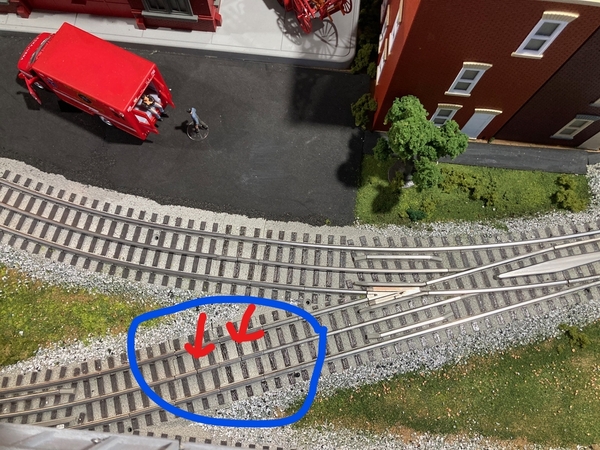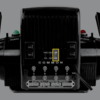I'm puzzled. My layout is powered by a ZW-L running command mode and each power handle controlled separately running through a TIU. My layout has two loops connected by switches, and a third elevated loop. Each powered by a separate transformer output: A,C,D. The 2 connected loops are isolated using the Fastrack 1 3/8" track. I removed the wire that bridges the gap in the center rail. It's been working for years. Then one day the two loops that should be isolated started acting as one. I've determined the TIU is working properly as is the ZW-L. Here's what happens. I power up the layout, and as soon as I give power to either A or D (each powering the outer and inner loops) both loops get power. If I have A and D connected and power A, for example both loops are powered and D is also supplying power. If I remove power from D, A supplies power and both loops are powered. I ran continuity checks on the two "block track sections" on one the isolated middle rail shows no continuity...the other shows continuity always. Does this make sense? A power block isolation section suddenly becomes "un-isolated?" The only other thought I had was something is funky with the command switch, but I don't see how that could physically occur. My track is ballasted and other issues make pulling it apart to check a real PITA . I would like to not have to do that if I'm missing something that may be the problem....
Two sections are shown. One of them isn't behaving...I'm considering just using a Dremel and cut though one of them until the center rail does not have continuity. The seems easier than removing ballasted Fastrack and a switch. Any suggestions/comments welcome. Thanks.








